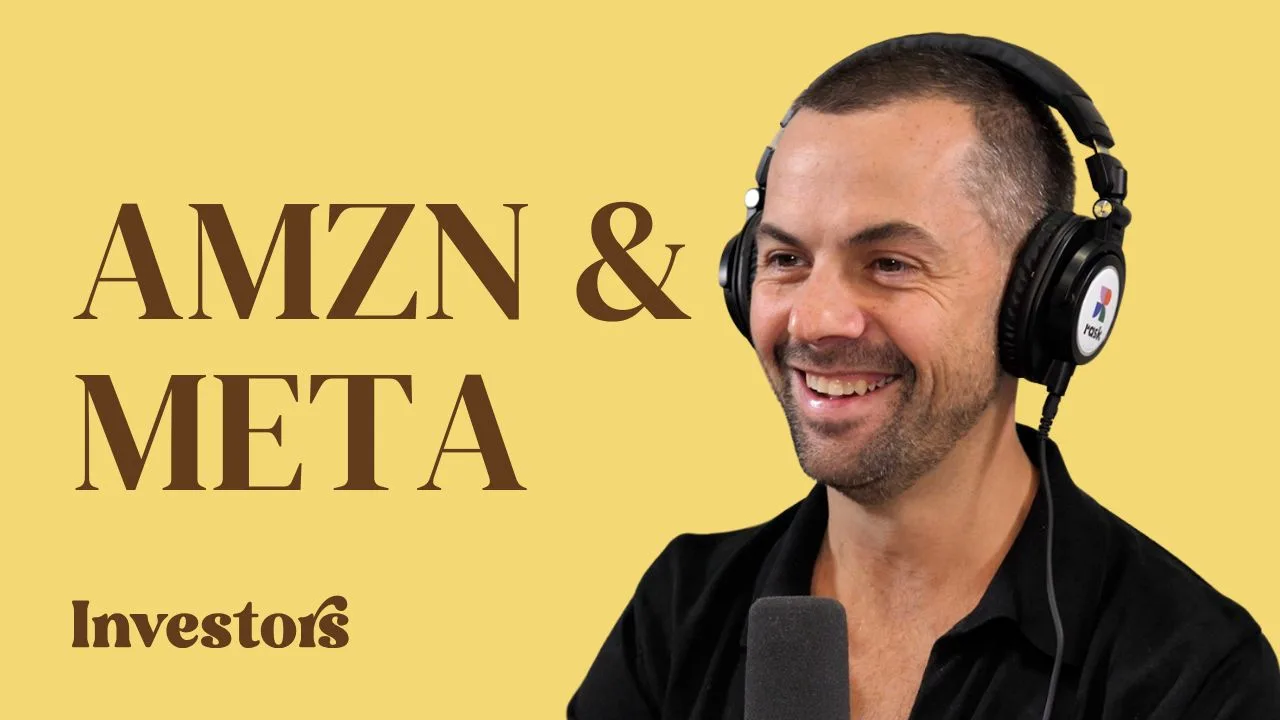Dear Rask Media reader, how many times have you had this exchange…
You: “I invest in shares.”
Friend: “That’s risky, shares are like gambling.”
Even amongst my friends, who know I’m an investor, the conversation almost always turns to how risky it is to buy shares.
Kicking Conventional Wisdom To The Kerb
I’m the first to admit investing in shares is risky.
I say that because most people can’t tell the difference between risk and “risk” (also the financial watchdog would come down on me like a tonne of bricks if I said shares were ‘safe’).
You see, for years, academics, the media and our monkey brains have been working against us in the sharemarket.
Academics say risk should be measured by calculating the random ups and downs of share prices, otherwise known as standard deviation or “volatility”. The more ups and downs, the more risk we’re taking.
Frankly, I think standard deviation is something you use to measure the test scores of students or in predicting the heights of trees. It’s not how I measure risk for my business.
The media feeds our primal instincts (see below) to remind us every morning and every evening just how bad things are.
“$20 billion wiped off the market!”
Or, my new favourite…
“Dow Jones falls 700 points!”
I think you’ll agree the second one sounds a lot scarier than ‘Shares fell 2.6%. That’s normal.’
Finally, our monkey brains are wired to tell us that the fear of loss is almost twice as painful as the joy of gain.
For example, if a stock we own falls 5% our world falls apart. But when our stock rises 5% we think ‘yeah, ah well, that’s pretty good… I guess’.
This well-known cognitive bias is called loss aversion.
5 Ways To Control Risk
Right now you might be thinking, ‘so you’re telling me the professors are misguided, the media is telling us fibs and our brains are wired to fight or flight?’
Yep, that’s right.
We’re up against it, dearest Rask Media reader.
It’s you and me versus the PhDs, news anchors and the monkeys…
Fortunately, I’ve got a few ways we can fend off the conventional wisdom and invest healthier, happier and, I hope, more profitably for many years to come.
Here are five unconventional ways to control risk…
1. Know what you can control.
Regardless of what we think or believe, we cannot control the economy, market sentiment (i.e. what’s hot and what’s not), management or daily share prices.
What we can control however is what we own (i.e. the shares we buy), our behaviour, fees, strategy and process.
That’s why we spend almost all of our time at Rask Invest focused on finding the best companies — not trying to predict what Trump, the dollar or the market is going to do today, tomorrow or next week.
This is called ‘bottom-up’ investing. Start with the company, why people use/buy its services/products and go from there. The rest is noise.
Helpful hint: imagine they renamed the ‘stock market’ the ‘business market’ — that’s all shares represent at the end of the day.
2. Know what you own & why.
Most people don’t know what they own and why they own it. This was popularised by Peter Lynch, the famous investor who compounded his money at around 29% per year for more than a decade.
Lynch said the test you needed to do on yourself is describe to a child what you own and why, but quickly enough so they won’t get bored!
At Rask Invest, everything we own must fit within our circle of competence.
One of our filters for picking stocks, ETFs and all types of investments is that we must be able to understand how the business creates value for its customers and can identify the known risks facing it.
Helpful hint: Our free Investing Masterclass on Rask Finance deals with this idea in great detail.
3. Understand risk
The sharemarket is driven by many different factors but the returns we get over the long-run can be loosely broken up into a simple formula:
dividends received + growth in company profits +- change in valuation.
While the share prices (i.e. change in valuation) will bounce around from one day, week, month or year to the next, if you find a great company that can pay dividends and grow profits you should be comfortable to own it for many years.
Remember, we can’t control sentiment (change in valuation) but we can control what shares or ETFs we buy.
The point is to spend more time focused on what you own and less time focused on what the share price is doing.
If you do that for many years I reckon you’ll soon discover that risk is not measured by volatility or standard deviation, it’s about avoiding picking bad companies to own!
Helpful hint: you wouldn’t look up the price of your house in realestate.com each day and kick yourself every time it fell 2% or 3%. Don’t do it with the businesses/shares you own! Remember, time is the unavoidable ingredient to compounding.
4. Position sizing
Humility (see my note on behaviour below) is probably the most important personal trait I’ve found when it comes to successful investing.
When we first start investing, many (dare I say it) males come out swinging for the fences with the ‘next hot stock’. That’s right, fellas, we tend to go ‘all in’ on a hot stock only to find that we drastically under-estimated the risk and overestimated the potential.
But it’s not just us…
Making mistakes is almost always part and parcel of investing successfully over time because if you’re not taking any risk — remember official interest rates are just 1%! — you’ve already lost the game. And that’s probably the biggest risk of all.
Risk can be managed at both the stock/ETF level (i.e. what you buy) and at the portfolio level (i.e. how much you buy). It can also be a timing issue.
For Rask Invest we like to buy low, then buy again. Rather than buy a full position in one swoop, we’ll buy shares in increments over time as our conviction in the company’s strategy builds.
And we NEVER go ‘all in’!
Helpful hint: consider dollar-cost averaging cash into a share brokerage account every month — rain, hail or shine. It’s what I do!
5. Be alert to your own behavioural flaws
“Did you know you are the easiest person to convince?”
You: “No, I’m not!”
It’s true.
The easiest person to convince of a good idea is ourselves. Confirmation bias, herd mentality, recency bias, loss aversion bias, cognitive dissonance…
We’re all susceptible to them. It’s just a matter of how much we’re aware of it.
For example, I tell our team at Rask to disagree with me whenever I pitch an idea because I’m the type of person who comes up with so many great ideas that I never finish the last one.
And, if we all think the same thing what’s the point of debating the idea!
In investing, we don’t want an echo chamber for our ideas but we also want to spend time with people who share our beliefs and add value to our process/thinking.
Think of it like going to the gym with a buddy. If you want to build muscle don’t train with the marathon runner, find someone on the same journey with the same goals but someone who is stronger/better at different exercises.
If you’re new to investing this could be your partner, a friend or an online community.
Finally, I believe mastering our own behaviour is one of the true ‘edges’ we can sharpen in our investing toolkit. A little bit of brain training and inward reflection goes a long way to making better returns.
Helpful hint: write down your investment rationale/thesis before you buy or create a checklist — then sleep on it.
Cheers to successful business-market gambling!
Owen Raszkiewicz
[ls_content_block id=”19823″ para=”paragraphs”]








